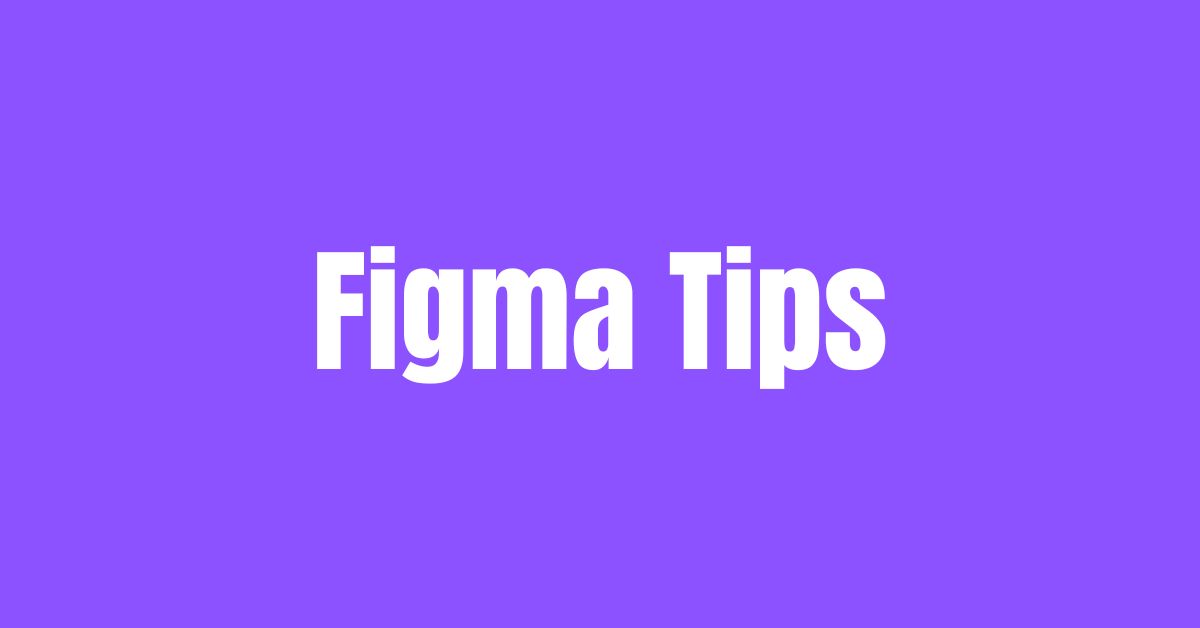Figma is a popular web-based design tool that provides a powerful set of vector editing and prototyping tools for designers.
Vector networks and prototyping tools are some of the most powerful features in Figma, but they can be a little tricky to use at first.
In this article, we’ll explore some tips for using Figma’s vector networks and prototyping tools to create better designs.
Use Vector Networks for Complex Shapes
Figma’s vector networks are a great way to create complex shapes that are difficult to create with traditional vector tools. By combining multiple paths and nodes, You can create shapes with more organic curves and angles that would be difficult to achieve with traditional vector tools.
Use vector networks to create more complex and dynamic shapes in your designs.
Use Auto Layout for UI Design
Auto Layout is a powerful feature in Figma that makes.
It is easy to create responsive designs. With Auto Layout, You can create components that adjust their size and spacing automatically based on their content.
This is especially useful for UI design, where you need to create components that can adapt to different screen sizes and content.
Use Prototyping to Test Interactions
Figma’s prototyping tools make it easy to create interactive prototypes of your designs. Use these tools to test different user interactions and see how your designs will work in practice.
You can create clickable buttons, menus, and other interactive elements. It simulates user interactions and get a better sense of how your designs will perform.
Use Components for Consistency
Components are a great way to create consistency in your designs. By creating reusable components for UI elements like buttons, forms, and menus, You can ensure that your designs are consistent across all screens and pages.
This not only saves time but also makes it easier to maintain consistency in your designs as they evolve.
Use Plugins to Extend Functionality
Figma has a large and growing library of plugins that can extend the functionality of the tool.
There are plugins for everything from color palette generation to data visualization.
Explore the plugin library to find tools that can help you work faster and more efficiently.
Conclusion
Figma’s vector networks and prototyping tools are powerful features that can help designers create better designs. By using these tips. You can take advantage of these tools to create more complex shapes, create responsive designs, test user interactions, maintain consistency, and extend the functionality of the tool. Happy designing!
[responsivevoice_button]



